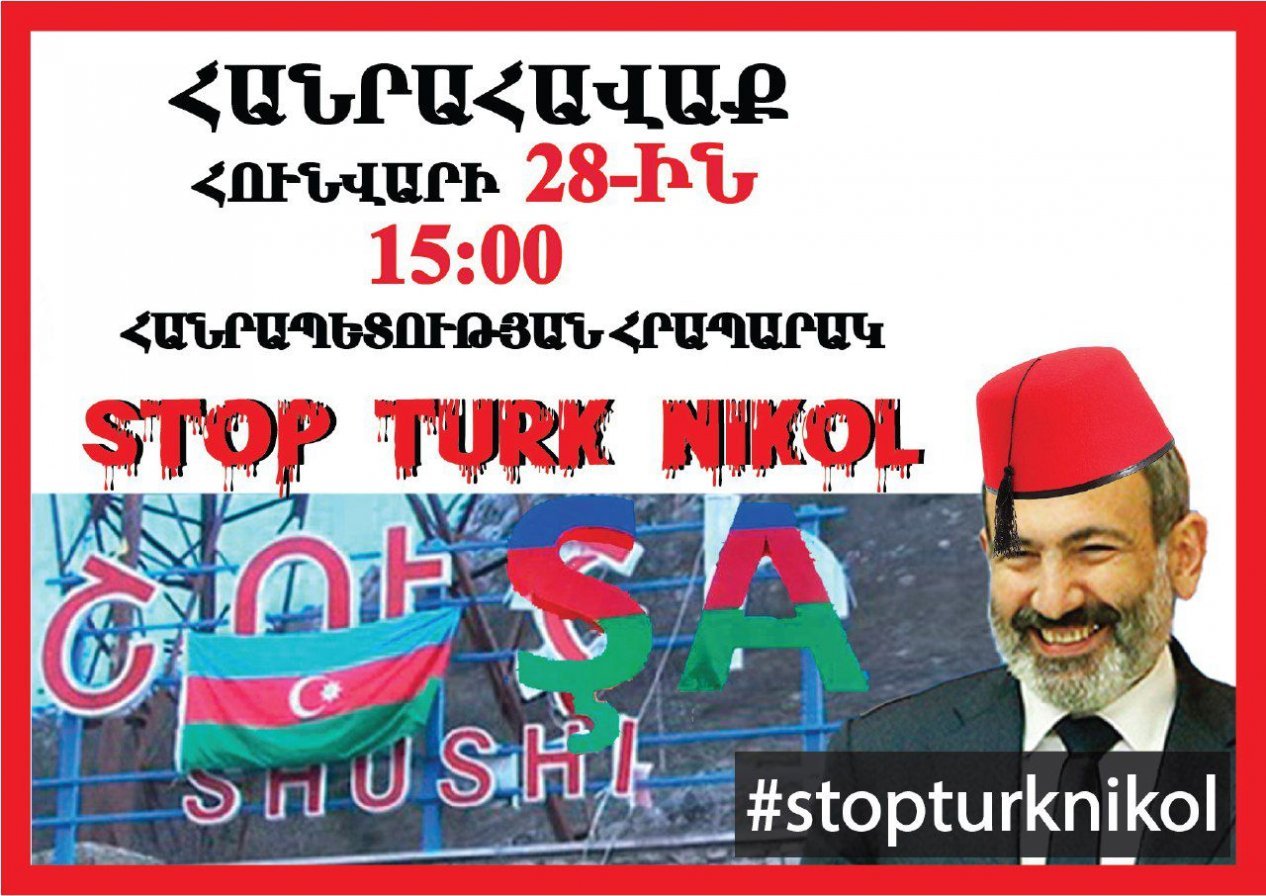
Opponents of Armenian Prime Minister Nikol Pashinyan and the army are in a much more hostile position to Turkey and Azerbaijan. They even accuse Pashinyan of surrendering to Turkey and Azerbaijan. The vanguard forces against Pashinyan, the organizers of the protests on the streets of Yerevan, describe Pashinyan and his supporters as ‘Turkish rats,’ ‘Turkish bastards.’ Armenian police opened a criminal case against a Facebook user who insulted Nikol Pashinyan when commenting on the prime minister’s photo last September.
The police said that the suspect violated Armenian Penal Code 137.1. “Serious insult to a person due to public activities. The case was initiated without a complaint from the alleged injured party.”
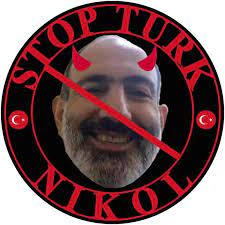
In early September, local media reported that the police were looking for a social media user named Hrant Avetisyan who allegedly wrote an offensive comment about Pashinyan on Facebook. In addition, according to the reports in the Armenian media, three criminal cases were brought against Sona Agekyan, one of the founders of the “Alternative Municipality” initiative and a former member of the Yerevan Council of Elders. Agekyan, who faces a prison sentence of one to three months, is also charged with insulting a state official for calling Nikol Pashinyan a ‘Turk’ on social media, in accordance with Article 137.1 of the Armenian Penal Code. The preliminary investigation has been completed and Agekyan is awaiting trial soon.
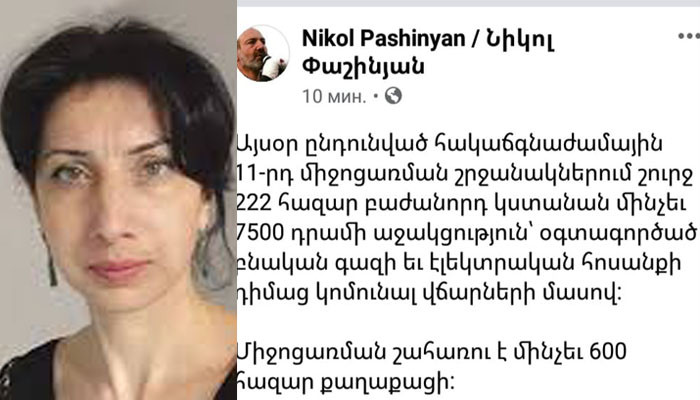
“The indictment shows that this person’s reputation was violated because I called him a Turk on Facebook. I am still of the same opinion and I stand by what I have said. I will repeat the same words in court,” Agekyan told the press.
Local media coalitions have condemned such criminal cases as ‘unacceptable restrictions on freedom of expression,’ while Marc Behrendt, director for Europe and Eurasia programs at Freedom House, said that “It is the responsibility of the Armenian authorities to protect media freedom and free expression in the country. It is unfortunate that the Armenian government is supporting fines that will stifle free expression and threaten the financial viability of media outlets in the country. Civil society has rightly criticized the bill on grounds that it could be abused to levy excessive fines and apply political pressure against independent media organizations for criticizing politicians and other powerful public figures. We urge the Armenian authorities to take the concerns of civil society and media organizations seriously, and strike down this legislation.” (Source)
Faktyoxla Lab. has investigated why the word “Turk” is perceived as an insult in Armenia.
First of all, let’s start with the fact that racist speeches are unacceptable in today’s world. Contemporary forms of racism are commonplace throughout the world, despite the events of World War II and the post-war racism that has been definitively condemned as an unacceptable idea. Racist views, rhetoric, attitudes, actions or policies have surrounded every aspect of daily life, but the fight against racism is not proportional to the size of the problem. Ethnic and religious minorities, immigrants and many similar groups continue to be victims of racial discrimination, despite the basic commitments in international human rights conventions to prevent racism.

This situation, which is the result of the power/racism relationship that reframes racism in today’s world, is not only caused by individual prejudices, but is also masked by social, cultural and economic reasons, and is ignored by the legal regime. It is an undeclared interstate policy of denial to show the inequality created by racism only as an economic or social phenomenon in any case, to declare positive examples of exception as equal opportunity, to frequently remind the principle of equal recognition before the law, to confine the fight against racism to the field of criminal law. (Source)
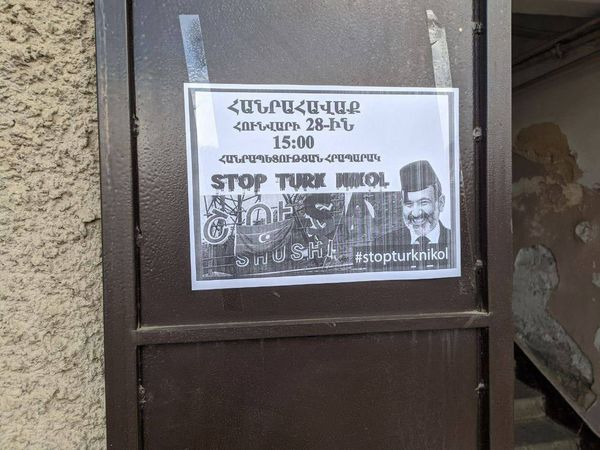
Even before Pashinyan’s power in Armenia, the word ‘Turk’ has always been perceived as a humiliating discourse, an insult. The Armenians, who have always hurled insults at Turkey and Azerbaijan, have already shown and proven what kind of hatred they have towards the Turkic people, with the genocides they committed both in Azerbaijan and in Anatolia, with the crimes they committed. They repeatedly forced the Turks in the region to migrate and caused the destabilization in the Caucasus. For example, in the mid-1960s, anti-Turkish, anti-Azerbaijani propaganda was resumed in Armenia and ceremonies were held in Armenia on the occasion of the 100th anniversary of the birth of Andranik Ozanian, who led the massacre of hundreds of thousands of Azerbaijani civilians in February 1965. On April 24, 1965, with Moscow’s consent, Yerevan celebrated the 50th anniversary of the so-called ‘great massacre’ (the term ‘Armenian massacre’ was used instead of ‘Armenian genocide’). As a result of the national discrimination policy followed in Armenia at that time, hundreds of families from Yerevan and its environs had to move to Azerbaijan. On April 24, 1983, under the pretext of the ‘genocide’ day, Armenians raided the houses of Azerbaijanis in Uluhanli, the center of the Zangibasar district, and destroyed the tombstones in the cemetery in the settlement. The defenseless population had to take shelter at the Turkish border. (Source)
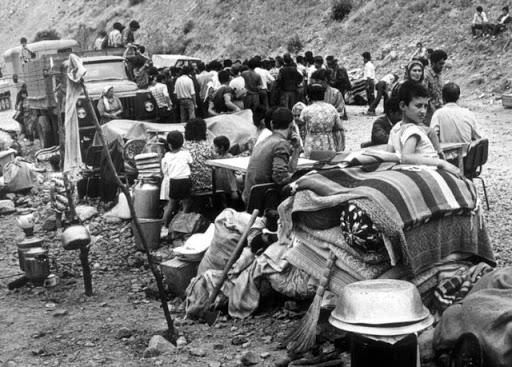
This is just one of the cases of Turkish hostility that took place in Armenia during the Soviet period. According to ANKASAM (one of Turkey’s most important think tanks) Head of Eurasian Section Dr. Dinmuhammed Ametbek, Armenia’s past has imprisoned the country. In other words, the past of the nation has taken the future of the country hostage. Ametbek says that those who brought Pashinyan to power state that they are aware that something is not right in the country, and that they are even aware that the problems with the neighbors must be overcome: “However, the people are aware that it is not easy to destroy the perception of Turkish hostility, which has formed both at the national and international level.” (Source)
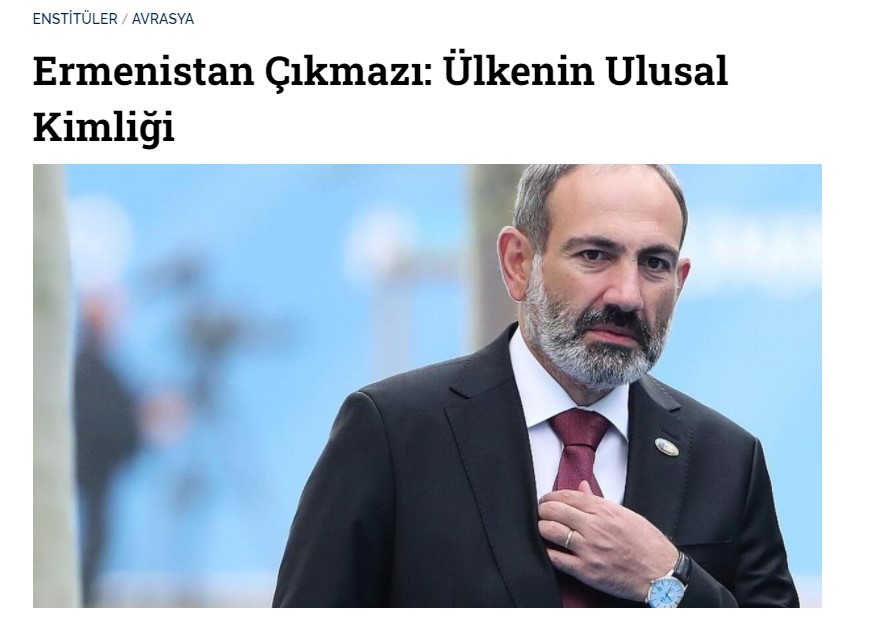
The famous Turkish youtuber Ruhi Cenet, who went to Armenia two years ago, published video of his experiences in Armenia minute by minute. When a Turkish passport was found on Cenet, who was subjected to strict interrogation by the Armenian law enforcement and intelligence units, the law enforcement and intelligence personnel were seriously disturbed. Faced with racial discrimination from the very first minutes, the youtuber caught the pulse of the streets of Yerevan. The street interviews he made actually showed what kind of mood the Armenian community was in. A stubble-bearded Armenian man shouting, “You have killed us, regardless of whether we are children, young or old, like a wild animal,” and when asked about Khojaly massacre, he said that it was a different matter. When watching the video from the beginning to the end, you are faced with hatred, because their hatred of Turks is so ingrained in their blood that, as can be seen from the pictures, they even drew the flags of Turkey and Azerbaijan on the containers where garbage is collected in their cities.
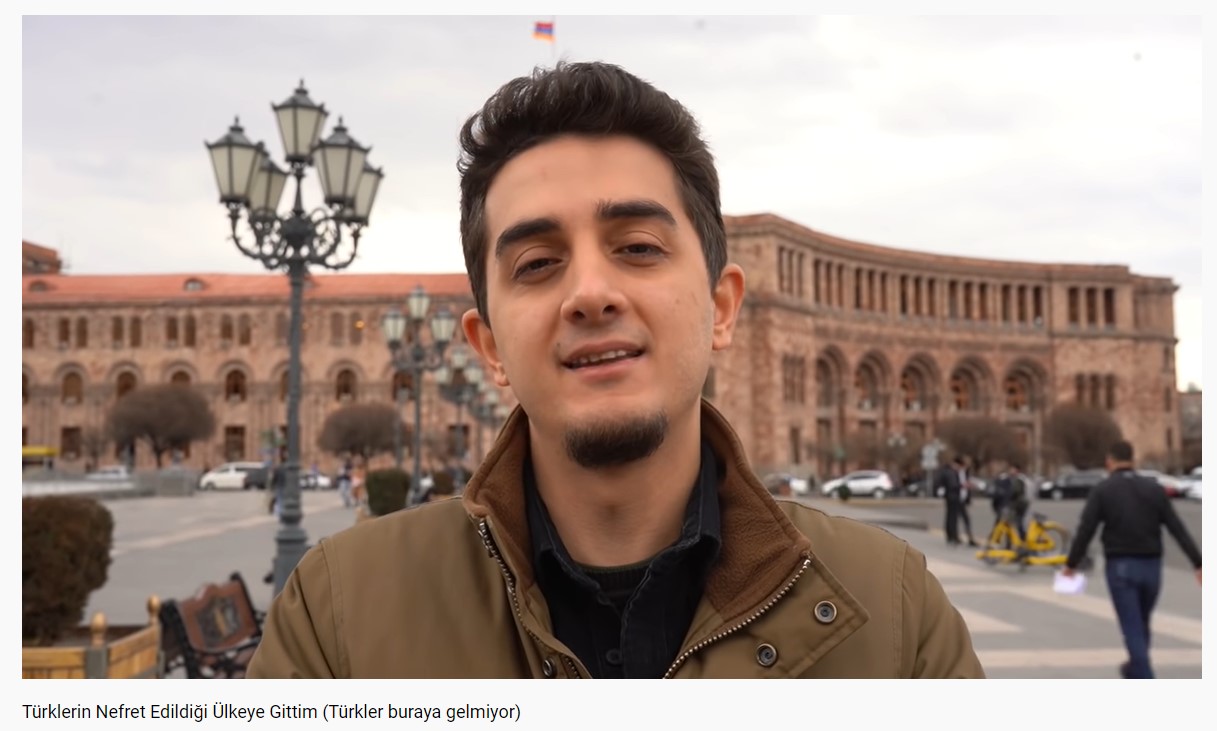
The more you think about where this hatred comes from, the more you see: this hatred begins to be imposed on Armenians right from their childhood. As can be seen from Ankara University Faculty Member Prof. Dr. Yildiz Deveci Bozkurt’s research on the textbooks in Armenia, in the history books taught in this country, Turks are presented to Armenian children as barbarians, savages and enemies.
It can be said that there is not much difference between the Turkish/Ottoman images of the pre-19th century and the Turkish/Ottoman images of the nineteenth century. In this context, it is seen that the Turkish image is used together with adjectives such as ‘invader, raider, aggressor’ especially in the passages of Turkish-Armenian relations in the classical period of the Ottoman Empire in the eleventh-grade history textbook (11th Grade, 2010, p.12).
In contrast to the images used for Turkish soldiers in Armenian history textbooks, it is seen that the images of ‘warriors’ and ‘heroes’ are foregrounded for Armenian soldiers, and this heroism is also appreciated by the third countries involved in the struggle against the Turks (11th Grade, 2010, p.12).
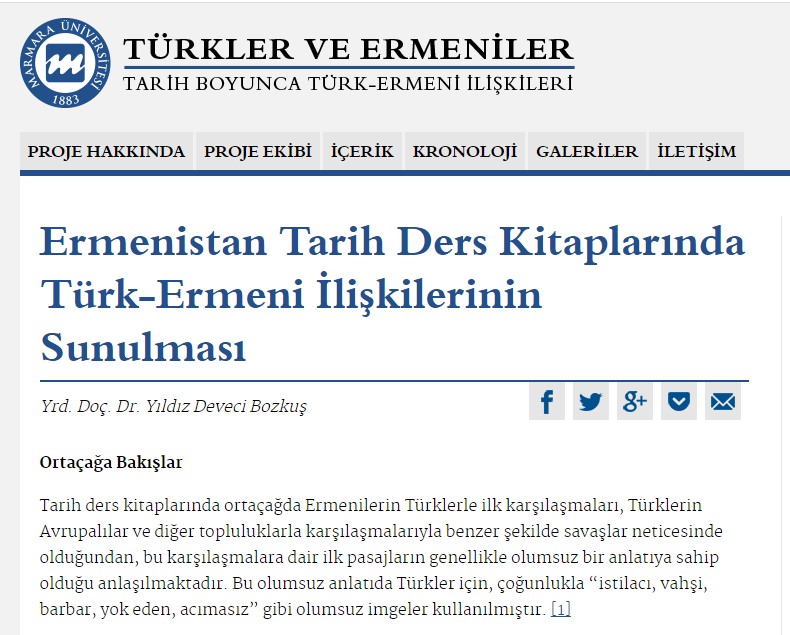
It can be seen that the images used for the Armenians in the wars with the Turks in the Armenian history textbooks are the exact opposite of the images used for the Turks in general. In this context, in the section titled ‘Heroic Defense of Yerevan’ (Երևանի Հերոսական Պաշտպանությունը – Yerevani Herosakan Pashtpanutyuni), the word հերոսական (herosakan), which is used for the struggle given even in the title of the subject, can be given as an example to this situation. The hero image is further elaborated in this section, and it is seen that the word ‘enemy’ is used directly for the Turks and the Turkish army this time (11th Grade, 2010, p.12).
Ali Ihsan Gulcu, the author of Milat newspaper, rightly expresses the Armenians’ hostility towards Turks as follows: "Armenia still claims rights for the Eastern Anatolia Region. Armenians, who describe these lands as Western lands, do not feel the need to hide their opinions from time to time. Former Armenian President Serzh Sargsyan, answering the question of one of the students in the Armenian language and literature competition in July 2011, “Can we take back our western lands together with Mount Ararat?” said that “We took Karabakh, and left Ararat to you.”
Armenians have ambitions not only in Azerbaijan, but also in Turkey. Instead of giving up on these ambitions, they still continue their hostilities, up to the assassination of Abdulhamid Khan with a carriage bomb. The symbol of Mount Ararat is included in the 13th article of their constitution, which defines the Armenian state coat of arms.
Azerbaijani President Ilham Aliyev said that Armenians can live on Azerbaijani lands if they want. Armenians don’t act with the same tolerance and principles. They do not allow even a single Turk to live in the Turkic lands they occupy. They either drive or slaughter them. The hostility towards the Turks is in the bones of the Armenians. Not only the Karabakh Turks, but also the Turks living in the Zangezur Corridor between Nakhchivan and Azerbaijan live a refugee life in Azerbaijan today.
Armenia, which even has enmity against Turks in its constitution, raises its children in schools with hatred and grudge against Turks. However, when they left the Soviet Union, one of the first countries to recognize them was Turkey. When it occupied the Kalbajar district of Azerbaijan in 1993, Turkey ended its direct trade with Armenia. It closed the border gates between the two countries, cut off land, air and rail connections.
Turkey’s closing its borders with Armenia and shutting its trade was a major blow to the Armenian economy. Even though thousands of Armenians are working illegally in Turkey, the hostility and claims of the Armenian state are making the Armenian people poorer day by day. Armenians never compromise their policy of terror and hostility against Turkey’s unilateral well-intentioned attempts. (Source)
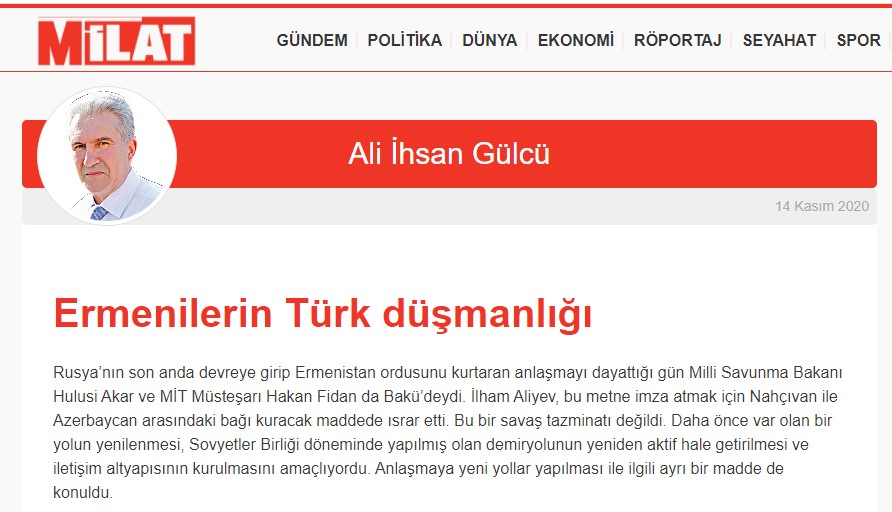
Armenians floundering in hatred of Turks, and the aim of the Armenian terror, which started in 1965 and targeted Turkey and the Turks for nearly twenty years, was to make the so-called genocide allegations public and accepted by the world. Even if the bloody actions of Armenian terrorist organizations marked the recent period, Turkey did not hesitate to recognize Armenia two months later after it declared its independence in 1991. In April 1991, Turkey’s Moscow Ambassador Volkan Vural visited Yerevan and met with President Levon Ter-Petrosyan and agreed on issues such as initiating direct border trade, opening the highway between the two countries and establishing an air connection. Turkey invited Armenia as a founding country to the Black Sea Economic Cooperation, even though it has no coastline. On the other hand, in the declaration of independence, Turkish lands were accepted as ‘Western Armenia’ and the Armenian assembly decided to continue the initiatives for the international recognition of the so-called genocide on August 23, 1991. Finally, when the Treaty of Kars was not recognized, Turkey broke off diplomatic relations in 1992 on the condition that the border between the two countries be recognized. When Armenia occupied Azerbaijani lands, Turkish airspace was closed to Armenia in April 1993. In addition, since 1988, the slogans ‘Armenia belongs to Armenians’ and ‘Armenia must be cleansed of Turks’ in the Armenian public were the harbinger of the Karabakh problem. Thanks to this environment, the Armenian Karabakh committee and the hrunk (parliament) committees established in Yerevan started openly activities in Khankendi, the center of Karabakh. The Supreme Soviet of Armenia, on the other hand, gave the green light to the unification of Karabakh with Armenia. When Azerbaijan opposed the decision, Rafael Kazaryan, one of the leaders of the Karabakh movement, stated in his speech that Azerbaijan’s refusal gave an opportunity to clear the region from Turks and that they would do so. (Source)
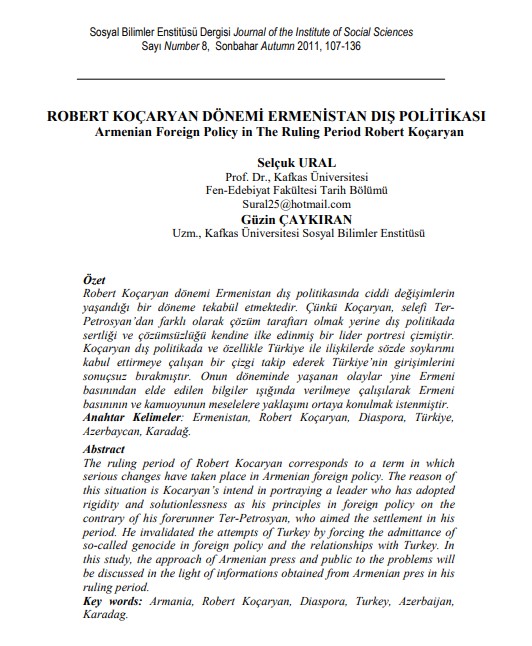
Last year, Armenia didn’t hold back from its hostility towards Turks, while Armenian soldiers fled the border crying in the 44-day war last year and many regions were liberated in Nagorno-Karabakh. Armenia’s hostility to Turks was also clearly demonstrated by the so-called map of Greater Armenia at the entrance of the metro in Yerevan. On the so-called map of Greater Armenia at the entrance to the subway, Eastern Anatolia, Southeast and parts of the Black Sea, as well as Nakhchivan, Azerbaijan and the Caspian Sea were shown as the territory of Armenia.

Abdullah Agar, a former soldier, security specialist, shared that map on his Twitter account, saying, “The entrance to the Yerevan metro. Greater Armenia! Eastern Anatolia, Southeast and parts of the Black Sea, Nakhchivan, Azerbaijan and the Caspian are all gone! You understand that?”
In 2017, beneficiary of the 10th Travel Fund of the Hrant Dink Foundation, Dr. Tirse Erbaysal Filibeli and communication expert Prof. Dr. Yasemin Giritli Inceoglu went to Yerevan. Here is the result they obtained from the interviews with two Armenian journalists working at the Media Initiatives Center, which operates in Yerevan, Anna Barseghyan and Gegham Vardanyan: On social media, especially opinion leaders, constantly insult Turkey and Azerbaijan. Their expressions are roughly as follows: “Azerbaijanis are like sheep, Turks are our enemies, Azeris and Turks are actually the same, there is no difference.”
“How can you spend your summer vacation in Turkey? Will you leave your currency to the enemies?”
“Do not buy anything from Turkey”
An anti-propaganda video was even made about those who come to Turkey for luggage trade and buy pants from Turkey.
However, they say that the situation is like this: “We do not produce anything and we buy everything from Turkey, down to toilet paper.”
While noting that there are not many tourists coming to Armenia, it is said that Iranians, especially those who come during Nowruz, receive their share of hate speech: “Why do they come, they smell.”
Armenian journalists state that the insults or humiliations used in Turkey are almost as follows: “Armenian media only reports on bad things happening in Turkey. They are particularly focused on the issue of genocide. The message is constantly given that there is no democracy in Turkey, but the situation in Armenia is never mentioned. Turks are our enemy. Since the melody of the Armenian song is similar to Turkish and it is very popular in Turkey, should we be happy because Turks love it?”
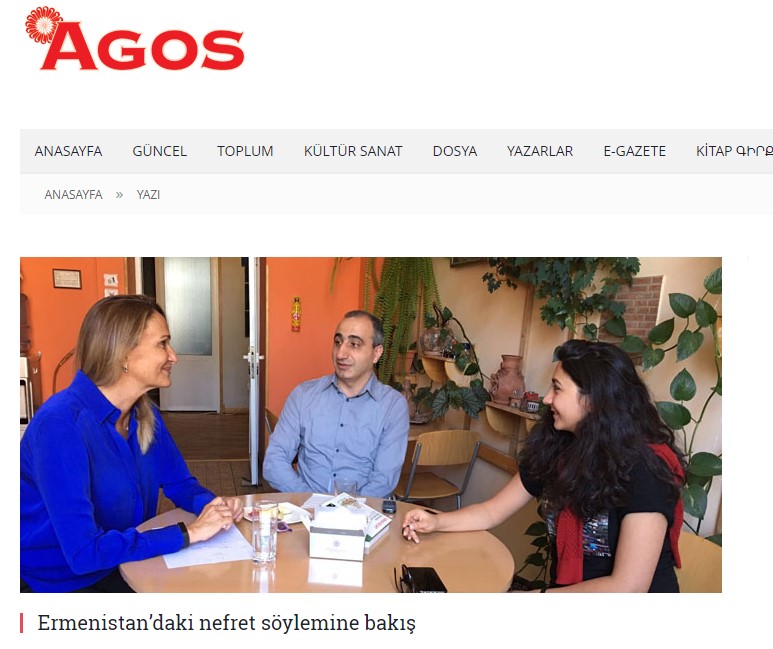
A few sayings about prejudice patterns are also given: ‘Turks are Turks, they cannot be trusted,’ ‘Are you a Turk?’ ‘Even a Turk wouldn’t do this.’
In conclusion, both journalists agree that since they are a homogeneous society, they need multiculturalism and diversity, only in this way they can break these prejudices. Gegham said that all this is due to an education problem, that education should be adopted as a state policy, that the media should not reproduce prejudices and stereotypes, that it is a necessity to abandon the most common stereotypes such as ‘Armenians are the best nation, God chose us as the best nation in the world.’ Another important problem is that journalists and editors are not even aware that they are spreading hate speech.
Anna Barseghyan, on the other hand, is not very hopeful in this regard. “They say that the new generation of young people will fix it, but the truth is that young people are like their families.”
Just a few days ago, Zaruhi Postanjyan, the leader of the Erkir Tsirani (Apricot Country) party, once again showed the Nazi nature of the Armenians in the Armenian parliament.
Postanjyan, whose insulting words about ‘Turks’ were spread in the country’s media, made racist statements against Azerbaijanis during the debates on demarcation and delimitation in the parliament. The former deputy said that he refused to sit with Azerbaijani representatives at one of the international events. He explained the reason as follows:
“When I walked past the corridor to sit, I was told not to go that way. Turks are sitting. We know where the bad smell comes from. Of course, it was from the Turks. Those who live with Turks know how bad their house smells,” he said. (Source)
As can be seen, Armenian Prime Minister Nikol Pashinyan sees the word ‘Turk’ as an insult to himself and does not hesitate to even apply to the court for this. This is nothing but humiliating a nation and usurping the right of the peoples of the world to live in peace and humanity. Also, this behavior violates the following articles:
- 1948 Universal Declaration of Human Rights, International Labor Organization (ILO)
- Discrimination (Employment and Occupation) Convention, 1958 (No. 111) and the Convention against Discrimination in Education adopted by the United Nations Educational, Scientific and Cultural Organization (UNESCO) two years later.
- The International Convention on the Elimination of All Forms of Racial Discrimination, adopted by the UN General Assembly on December 21, 1965.




















